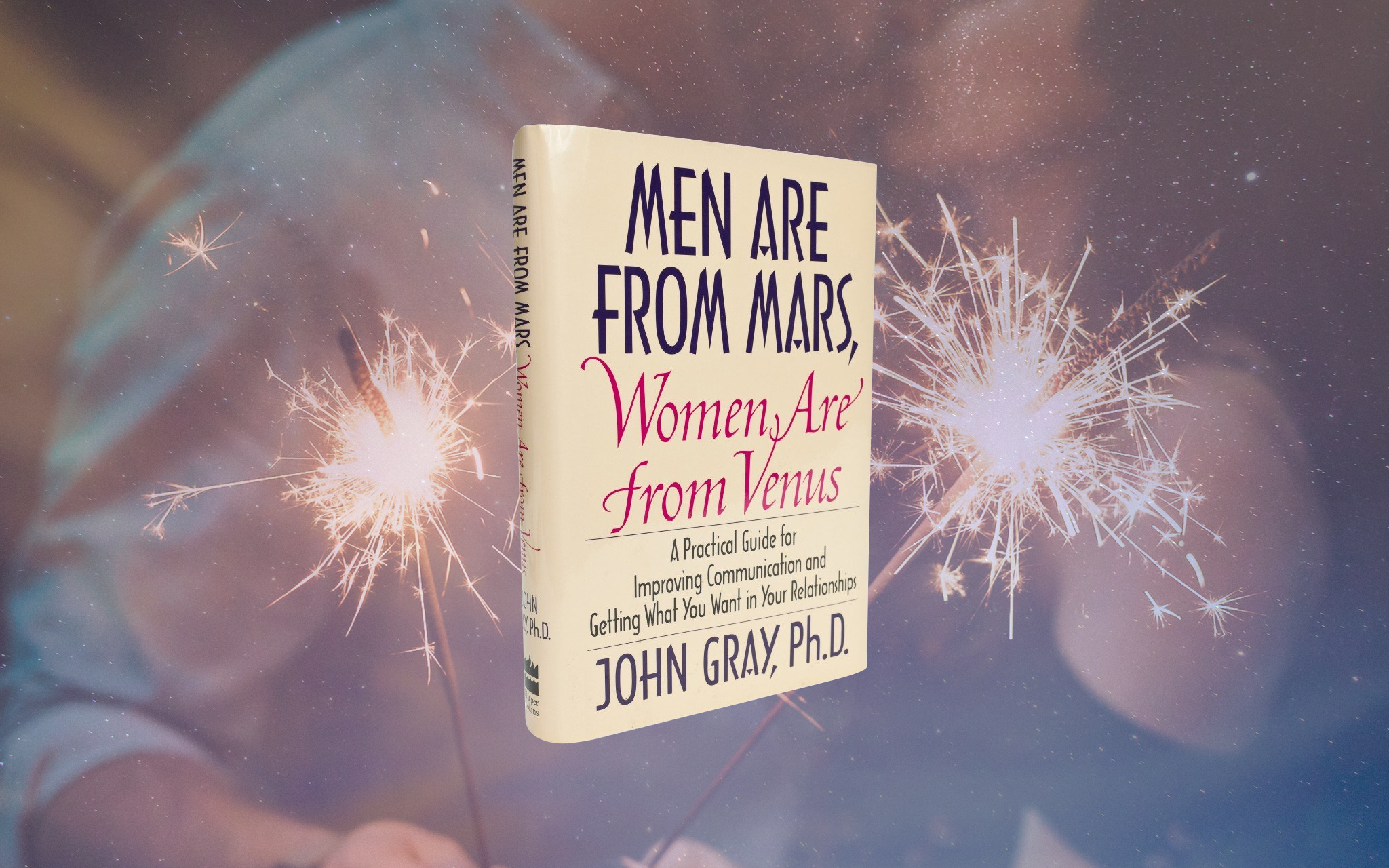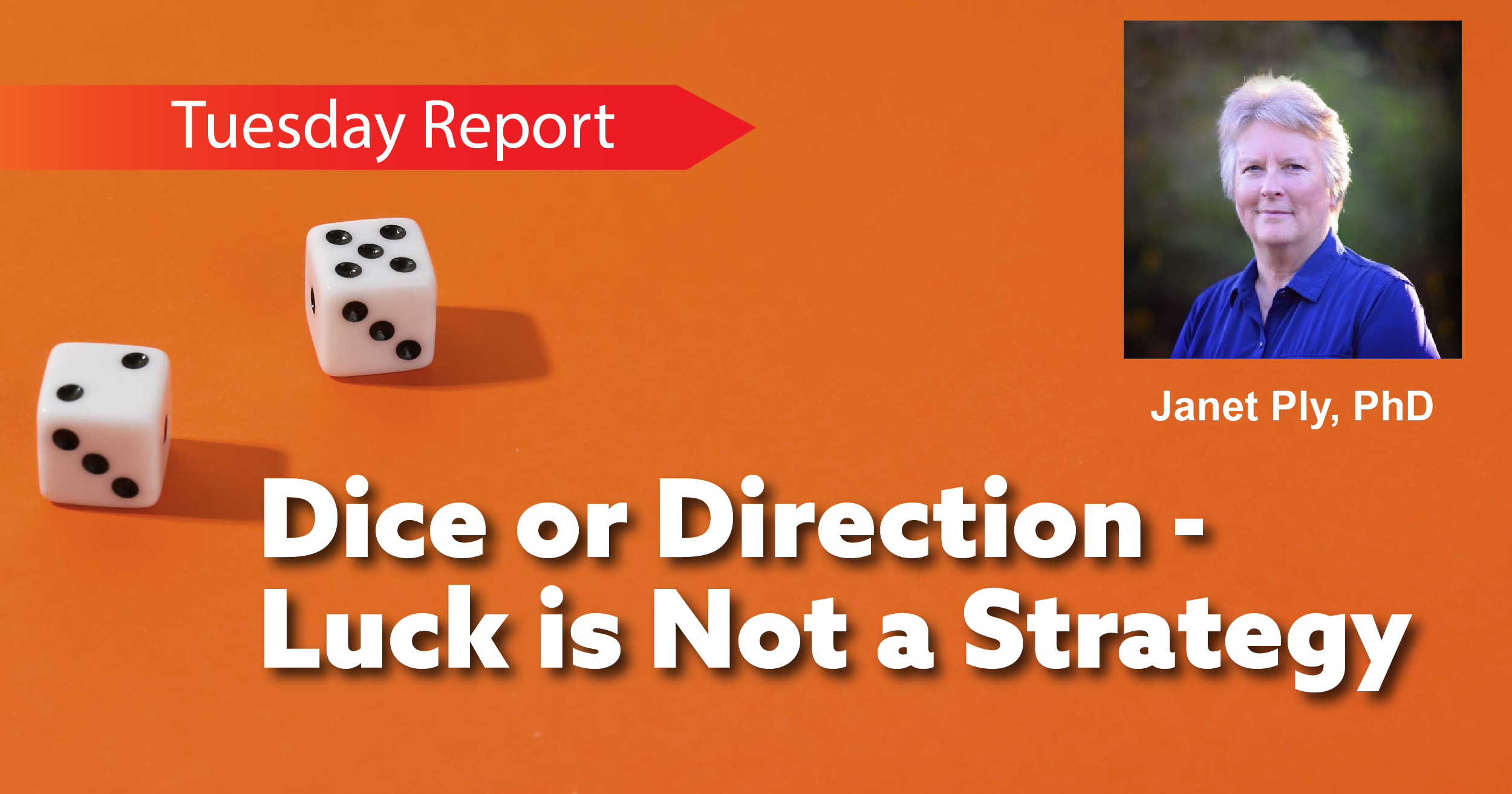Are Male/Female Gender Differences Often Really Personality Type Differences?
The 21st Century is a time when love is challenging, and relationships between the sexes is a work in progress. We believe in marriage equality as the fulfillment of American rights and dreams. Any time we love and commit to a long-term relationship with another person we will need to understand another human being–one of life’s greatest challenges.
What makes men and women so different from each other? Valentine’s Day always brings up the question, “What would make her happy? What would make him happy?”
We know these two questions have two different answers.
Growing up in the 20th Century, way back in 1992, John Gray wrote a book that reflected the collective confusion of people about relationships between men and women. The book, Men Are From Mars/Women Are from Venus struck such a chord that the title became a cliché for the belief that men and women live in opposite worlds. Anytime the subject of men and women would come up, someone would say, “Well you know men are from Mars and Women are from Venus.”
Gray argued that men and women are fundamentally wired in different ways. Their physiology wasn’t just different. Their minds worked differently. Their world view was different, as were their life expectations.
What Gray explained in his iconic book was that the differences between men and women were not because of acculturalization–not because we’re raised differently. In those times science seriously argued that boys played with toy guns because they had been taught that way, and girls liked dolls because their moms expected them to. Gray showed that their fundamental hardwired differences would play the key role of men/women relationships throughout their lives.
Here are some Valentines thoughts about women/men relationships in the workplace today:
1. Progress in the workplace in capturing the unique abilities of women has been all too slow, but is inching forward. Men continue to hold the levers of power in the boardroom and in the c-suite. Women progressed from the 1980’s, when they first come into the workplace in numbers, to a place in senior management. There is a growing understanding that diversity of gender in the workplace is becoming a strategic advantage to American organizations and is sought after.
2. New progress seems to be on the horizon. It would seem that the newly elected crop of women with strong leadership positions at the state and national level in the US demonstrates that at least in this country people are ready for a larger role for women. Here in our town, Austin, Texas, we have women friends who have stepped into the CEO role of major tech companies who lead their companies to financial and organizational success. Other women friends have key role in the c-suite and organizational roles and as elected officials.
3. Women and men need to work on a safe, embracing workplace environment. The news of late have brought us accounts of shocking abuse of power by men over women in the workplace. What is shocking to me is that I have a forty-year career spanning many organizations and industries and I have never experienced an exploitive workplace. Women should be confident in a safe workplace. Men should feel their workplace is safe. And should expect effective and amicable relationships with women where they are not walking on egg shells for everything they do and say. As a man I say, “Hey, men are good people too.” 🙂
4. We need to drop the stereotypes about women and men. It’s important to both women and men in life, love, and work to understand our different approaches and orientations. But while male/female stereotypes have some elements of truth, the stereotypes about men being more better leaders or women being more sensitive are sometimes true, and at other times aren’t true at all, as we all know. Imposing stereotypes on men and women is a great limiter on what we are all capable of doing.
Many differences in our relationships at work, in the family, and in the rest of or lives that we attribute to gender are people-to-people differences.
Instead of gender bias and stereotype, we can learn more about managing our differences through personality assessments such as the Myers-Briggs Type Indicator (MBTI).
As an ENTJ, my approach to solving problems will be similar to other ENTJ’s, whether male or female. My point of view as an ENTJ will always be to accomplish outcomes, because in my mind, getting the job done is more important than harmonious relationships. Other people disagree with me quite strongly and believe that not coming into conflict with others is more important than what we accomplish.
If the person who disagrees with me happens to be a woman, I may attribute the disagreement to her gender, but most often I would be wrong. Personality type is stronger than gender, and if she were an ENTJ, she would probably take a similar approach to mine.
The differences between men and women are in fact from two different energy locations. Like the force of electricity, you must have both components. They work together to produce power. We will never understand just how women and men work, but if they work together, they generate huge power.
The same is true of life and relationships. The power of managing a long term relationship is fulfilling, thrilling, and will make a great life for us.
Happy Valentine’s Day!







